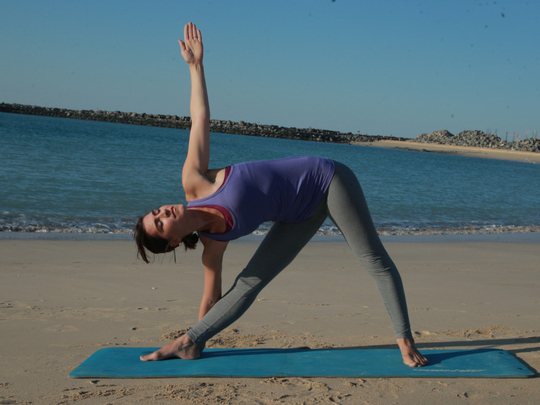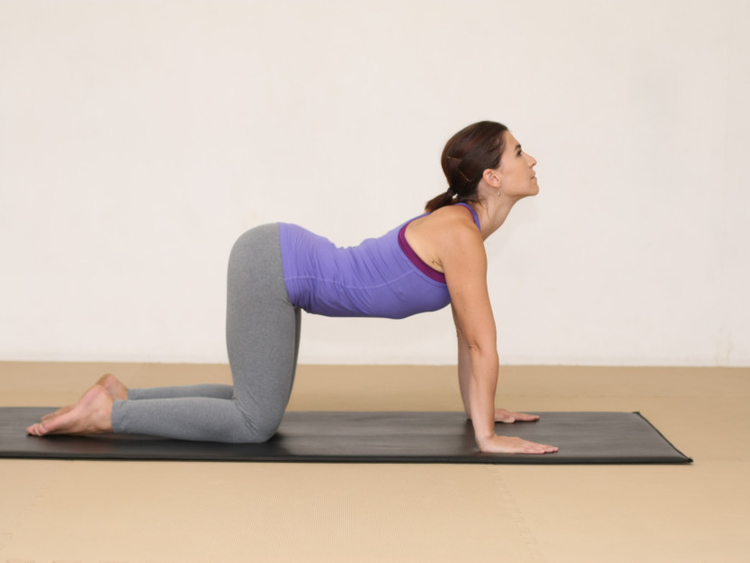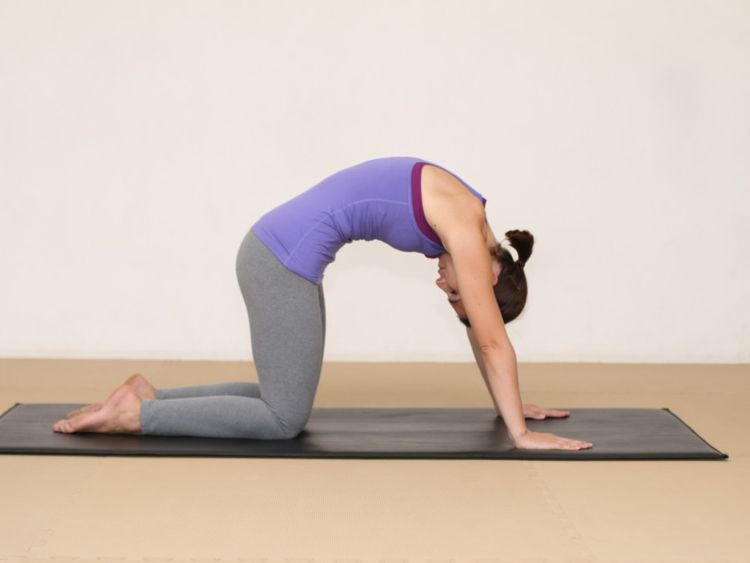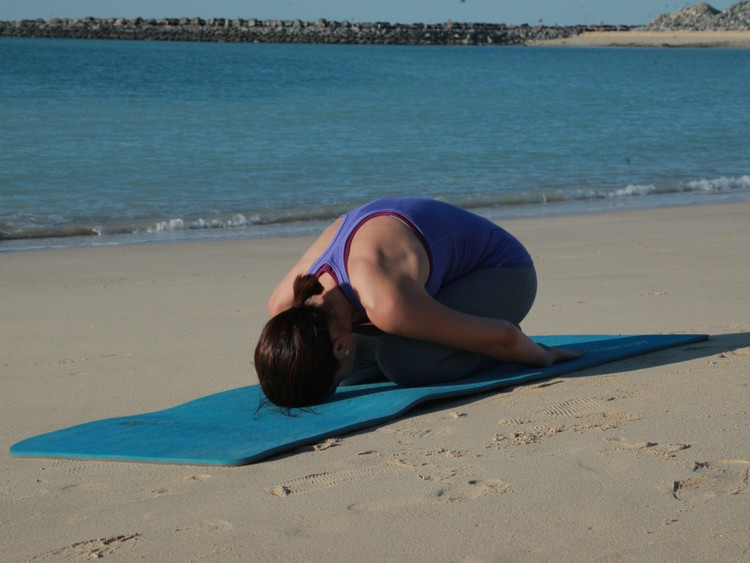
Respiration is the process of exchange of gases in the lungs. On inhalation, air enters through the nostrils and passes through the trachea to reach the lungs. There are microscopic air sacs in the lungs called alveoli. Each alveolus is surrounded by blood vessels. The alveoli and blood vessels exchange carbon dioxide and oxygen. The haemoglobin present in blood combines with oxygen to form oxy-haemoglobin. This blood is then carried to the tissues in your body providing them with a fresh supply and revitalising the organs. Right breathing can help increase oxygen absorption in the body leaving you energised and revitalised.
Khumbak
As mentioned in the earlier articles (Understanding Pranayama Part 1 and Understanding Pranayama Part 2), there is antar kumbhak or internal breath retention where you inhale and hold the breath and bahir kumbhak or external breath retention, where you exhale and hold the breath. There is another mode of kumbhak known as kevala kumbhak or spontaneous breath retention. This occurs in deep states of meditation where lungs stop their activity and respiration ceases. It makes it possible to slow the pulse rate to a bare minimum and even stop it completely. Yogis have been known to meditate under water or bury themselves underground because they can do kevala kumbhak.
There are hundreds of pranayama but the world is familiar only with seven or eight of them. We will look at some of these techniques in depth in the following weeks.
How to do kumbhak
Start with a ratio of 1:1:2 for antar kumbhak, that is, inhale for five counts hold the breath for five and exhale for 10.
After 40 days build it to 1:2:2 that is inhale five counts, hold for 10 and exhale for 10.
Increase the ratio slowly to 1:3:2 so that after 100 days you can do 1:4:2.
Begin with 20 rounds.
Keep in mind
- If you are suffering from lung infection or disease, and/or heart disease, avoid kumbhak.
- Do not mix the ratio. Same ratio should be practised for all the rounds. After 40 days you should be able to do 100 rounds.
- Do not contort the face while holding the breath as it is important to keep the facial muscles relaxed. If you push the lungs beyond their capacity and feel discomfort, there is a negative impact on the body and increase the blood pressure.
- Practising kumbhak regularly will drastically improve oxygen absorption. Pranayama should be practised every day to see a visible difference in health and overall wellbeing. It helps manage conditions such as sinusitis, migraine, hypertension, stress, and fears and phobias.
- Antar kumbhak should be mastered before attempting bahir kumbhak. You can attempt the latter only after a minimum 60 days practice of antar kumbhak.
Practice of the week
Postures listed below can be done before doing pranayama.
Trikonasana
Marjariasana
Shashankasana
Next week: Understanding Pranayama - Part 4.
— This is an interactive series, in which we bring you practical tips on daily living, inspired by the vision of yoga. Write in to tabloid@gulfnews.com with your questions and doubts regarding enhancing your lifestyle through yoga. For more information, call 800-YOGA (9642) or log on to artisticyoga.com















